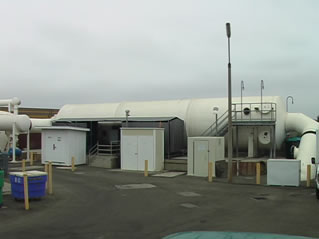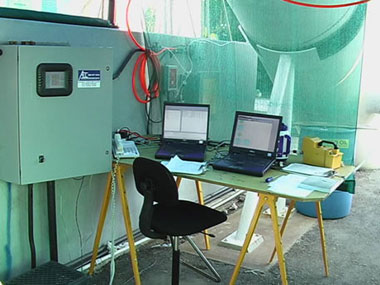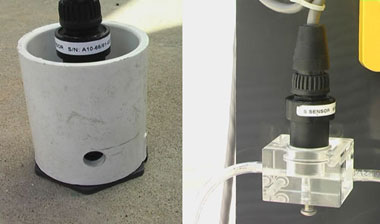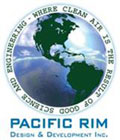CITY OF SAN DIEGO - CAThe City of San Diego and the State of California funded odor control research in an effort to reduce energy consumption and improve air quality. Pacific Rim was retained to write the research methodology, and then systematically studied each of the process scenarios. |
||||
PROBLEM:The City of San Diego and the State of California responded to severe electrical power shortages in 2001 by investing in research to reduce power requirement at municipal facilities. Improving air quality is also an important objective, so the two were combined in a research project focused on the development of more effective odor control technology for wastewater treatment facilities. SOLUTION:Pacific Rim's reputation for the development of innovative odor control technology was an integral part in the City of San Diego's decision to select Pacific Rim to both develop and test a new energy efficient and more effective methodology for foul air treatment. The City of San Diego provided an existing mist type odor control system as the full scale research test site. Pacific Rim modified the existing odor control equipment as required to test the new, innovative odor control process and evaluate its performance in real time using a mobile research laboratory. Sensor reliability is essential and difficult in automated process control for wet air scrubbing. The 100% condensing humidity, corrosive environment, constantly changing airstream and turbulent airflow all contribute to a process environment that pushes even the best sensors to their limits. Resolution of sensor reliability issues became a subordinate research project within the overall research study. This subordinate project led to the development of the specialized equipment necessary to control and verify the research process being developed in this study. The solution involved collaborative interaction with some of the best sensor manufacturers in the world. The manufacturers develop prototypes based on our requirements. We then tested and shared the results with the manufacturer. Both sides received valuable insight. System quality control was further improved through the development of software that compared sensor results. In some cases the software compared the signals from two identical sensors, noting an error if the process variables deviated beyond a prescribed limit. In other situations, where possible, we compared results from two sensors that measured entirely different process variables. We would choose variables that were linked through known chemical characteristics. To make this work, AEC developed software that would model the chemical characteristic and thereby reconcile the differences between the two signals. This latter approach is essential when sensor cross sensitivity is a problem in the scrubbing environment. Details on this technology are outside the scope of this document. For further information, contact our technical staff. |

This photo shows the overall odor control system (white in background) utilized as a test bed for odor control research.

This photo shows the horizontal mist scrubber vessel with the ancillary equipment canopy used to house research equipment.

This is the control system for the research scrubber. The panel to the left centralizes access to control components like sensors, metering pumps and fans. The two laptops operate the equipment. One is utilized for the process control software and the other records test results.

Examples of the experimental sensors developed and used in this research.
|
|||
| All Text ©Copyright 2008 Pacific Rim Design & Development, Inc. | ||||
